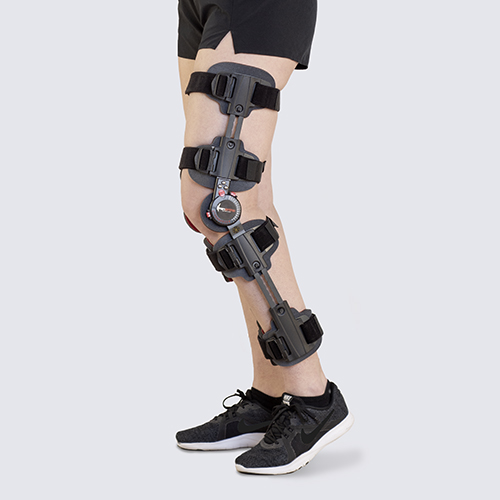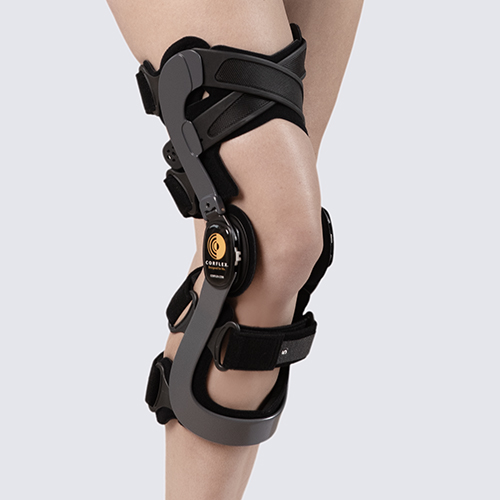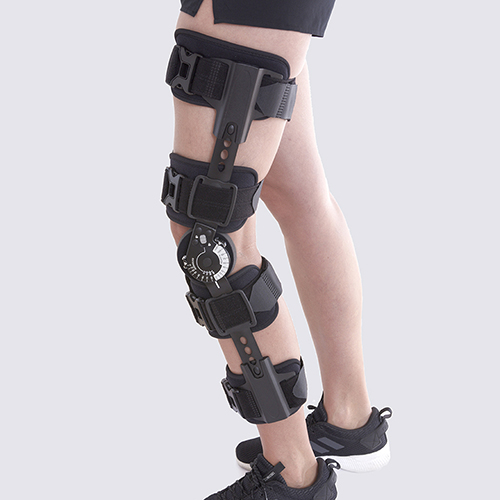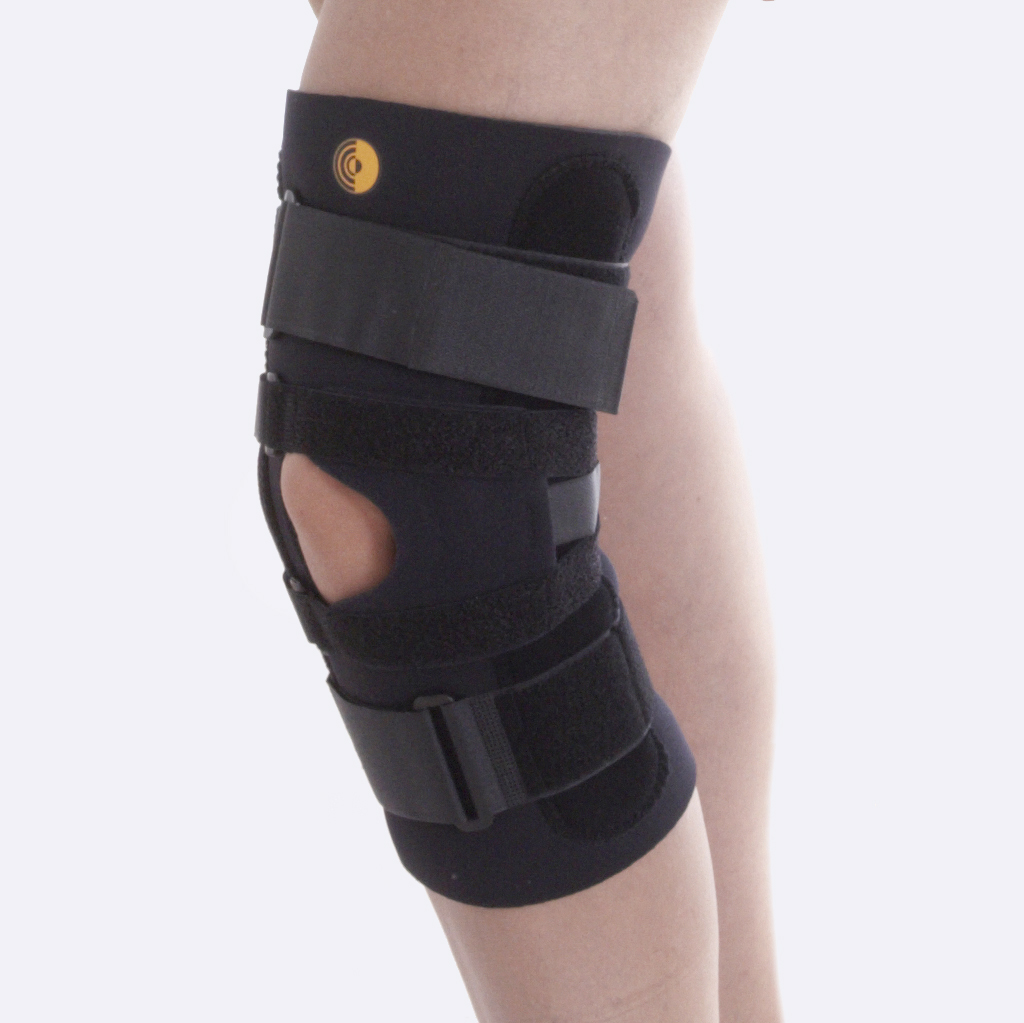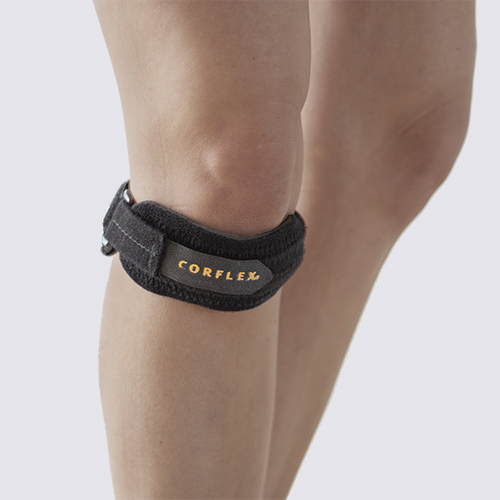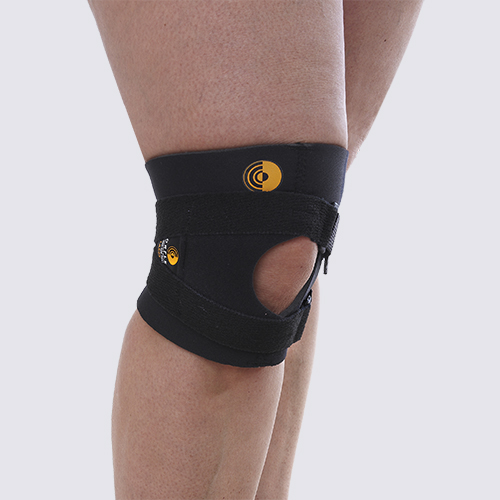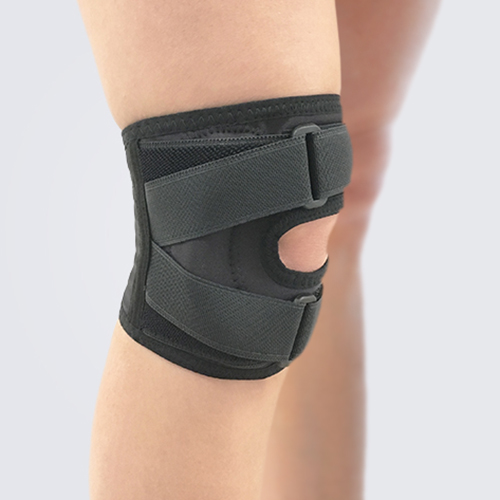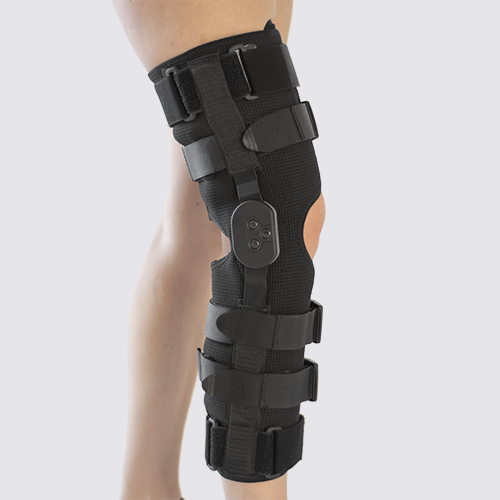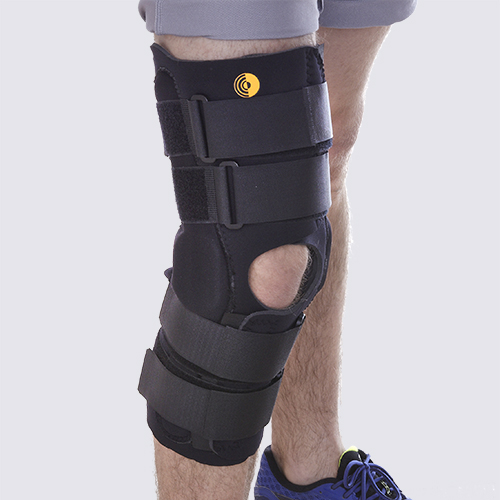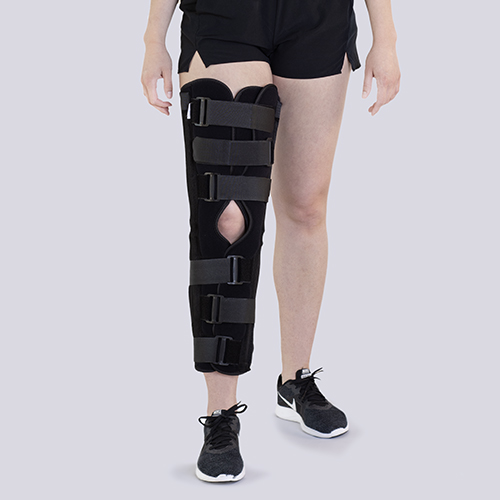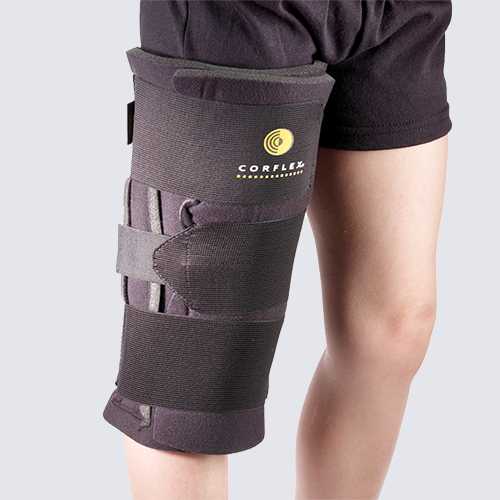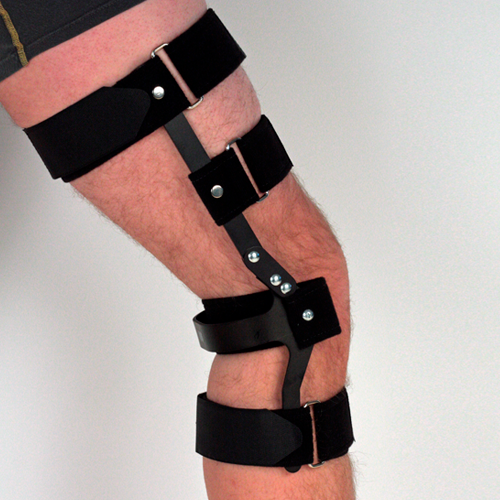Our knees are absolutely vital joints, enabling us to run, walk, ride and stand, all essential movements to participating in life’s everyday activities. Therefore, it’s important that we take good care of these crucial joints. Our knees work best when they can provide both mobility and stability. The surfaces in the joint are covered in cartilage; there are three compartments in total that run between the femur and lower leg and between the femur and the knee joint. It is essential to tend to these cartilage covered areas in order to allow movement without friction. Stability comes from the ligaments in the knee, including the side ligaments (known as the medial collateral and lateral collateral ligaments) as well as the anterior and posterior ligaments located in the middle of the knee joint. What’s known as the meniscus lies between the surfaces of the joint, in between the femur and the lower leg, which acts as a shock absorber. The muscles around the knee joint work to stabilize and enable gross and fine movement. The joints, muscles, and ligaments are at their best — and will feel their best — when they can work unencumbered, which is when they are properly cared for and their strength, agility, and tenacity are properly maintained.
A knee injury can happen through a traumatic incident, a sudden accident, or it could develop slowly over a long period of time. Symptoms can appear in any of the many structures of the joint, and these are best diagnosed by a physiotherapist or orthopedist.
In order to provide relief for your knee pain, such as may be experienced after muscle damage, surgery, or in cases of osteoarthritis, orthopaedic devices can provide significant help in regaining function in the joint. NordiCare has several different knee braces and other orthopaedic equipment available.
Read about our orthopaedic knee devices in our Knee brochure (pdf)

 Svenska
Svenska  Dansk
Dansk  Norsk
Norsk  Deutsch
Deutsch 
